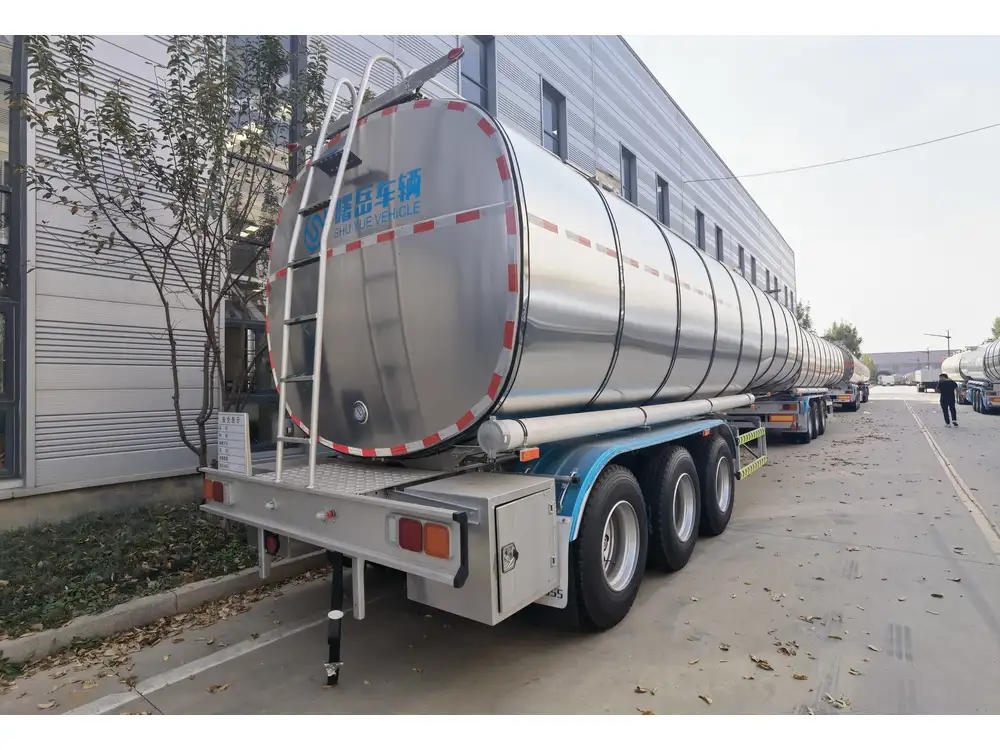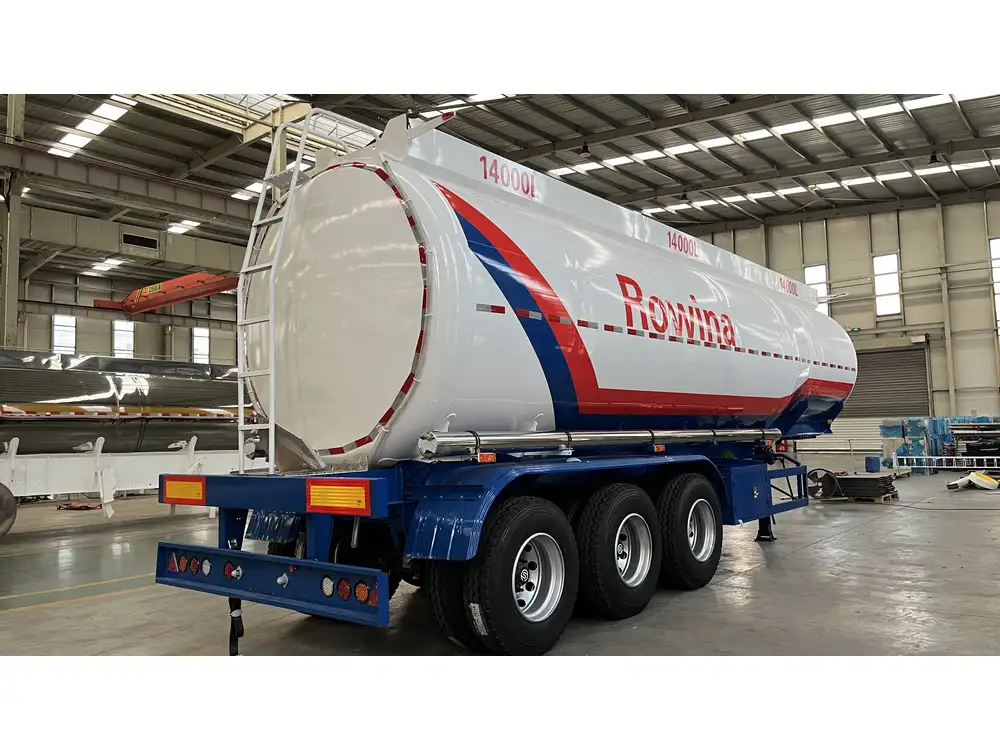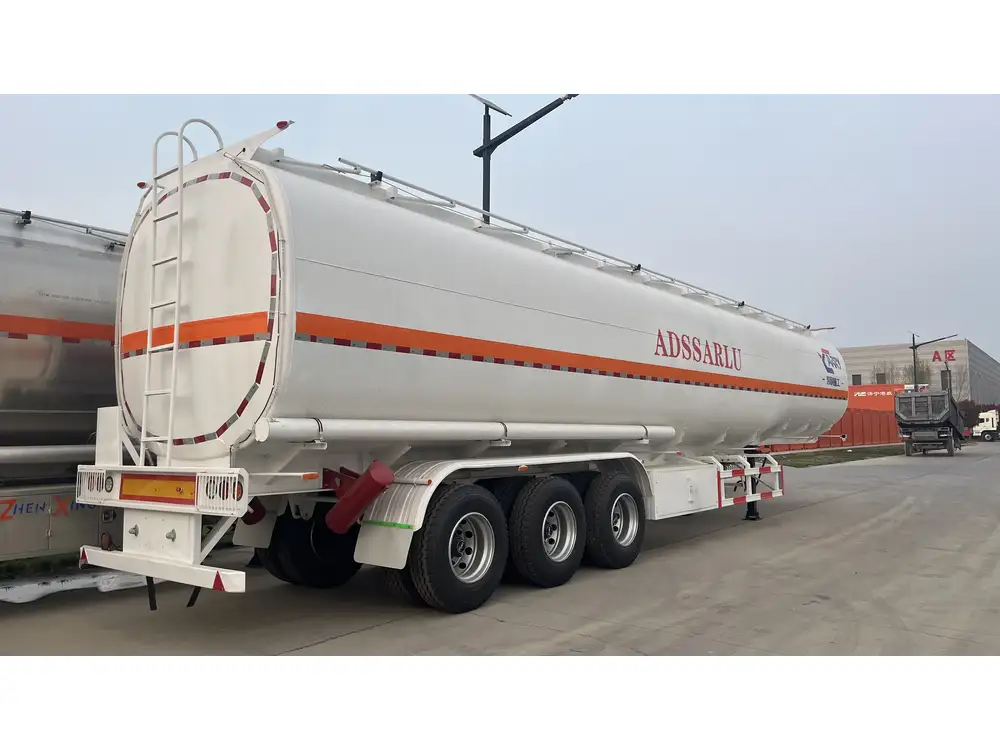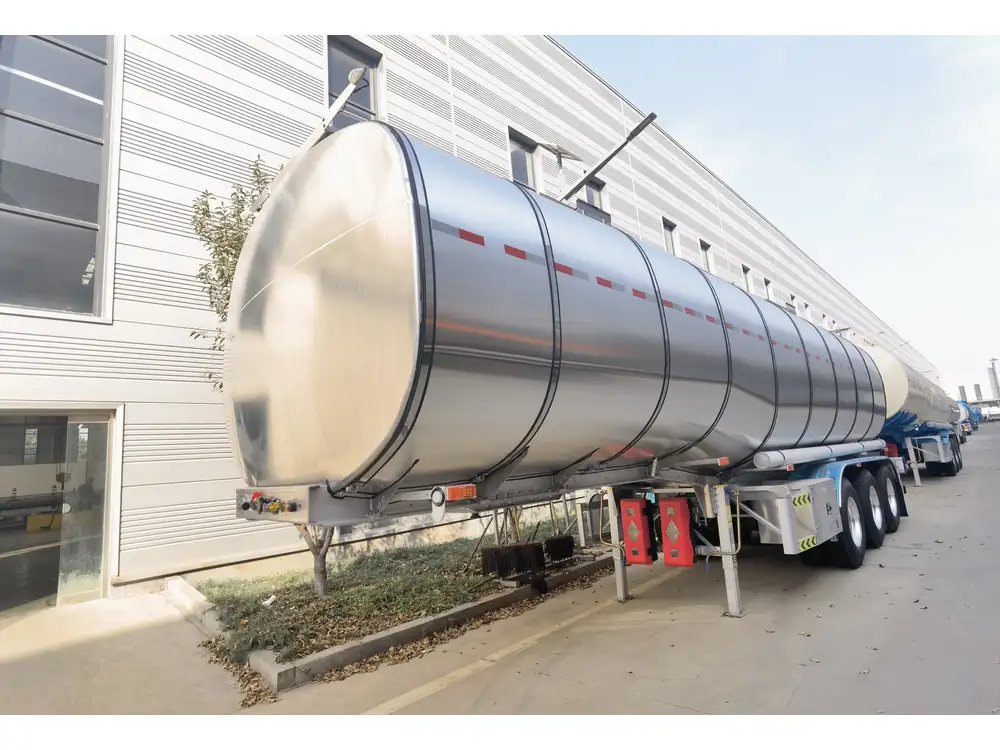In the ever-evolving landscape of transportation, the demand for specialized vehicles such as LPG tankers is on the rise. In Zambia, a country with burgeoning industrial and commercial sectors, understanding the intricacies surrounding LPG tanker prices is vital for businesses looking to optimize their logistics and improve operational efficiency. This article offers a thorough examination of LPG tankers available for sale in Zambia, emphasizing significant factors influencing prices, operational advantages, and economic implications.
The Landscape of LPG Transport in Zambia
The transport of liquefied petroleum gas (LPG) has emerged as a cornerstone of energy solutions in Zambia, driven by increased accessibility and affordability. As the economy burgeons, so does the demand for efficient transport solutions, specifically tailored to meet the needs of the LPG distribution network.
Importance of LPG Tankers
Safety Standards: Compliance with stringent safety regulations is imperative when transporting hazardous materials like LPG. The design and construction of the LPG tankers must meet these standards to safeguard public health and the environment.
Economic Impact: LPG is a cost-effective energy source. Efficient tanker operations reduce transport costs, subsequently lowering the price for end consumers.
Infrastructure Development: The expansion of road networks and logistical hubs makes the role of LPG tankers increasingly vital in Zambia’s development plans.

Current Market Pricing Trends
The prices of LPG tankers fluctuate based on several critical factors. It’s essential for potential buyers to understand these influences.
| Factor | Description |
|---|---|
| Material Quality | High-quality steel enhances durability and safety but adds to manufacturing costs. |
| Capacity | Tankers with larger capacities generally command higher prices due to increased utility and efficiency. |
| Design and Customization | Specialized designs that cater to unique operational needs may incur additional costs. |
| Market Demand | Increased demand for LPG can drive prices up, particularly during peak usage seasons. |
| Manufacturer Reputation | Companies like CarMax Vehicle that are renowned for quality and service may price their products higher. |
Features to Consider When Purchasing an LPG Tanker
When contemplating the purchase of an LPG tanker, various features warrant careful consideration. These features not only affect operational capabilities but also play a crucial role in the overall investment value.
Tanker Specifications
Material Composition: Most quality LPG tankers are constructed from high-strength carbon steel, designed to withstand the pressures associated with LPG.
Capacity Options: Common capacities for LPG tankers range from 10,000 liters to 30,000 liters. It’s crucial to select a size that aligns with the distribution needs.
Safety Features: Look for tankers equipped with anti-surge mechanisms, emergency shutoff valves, and pressure relief systems.
Heat Insulation: Certain tankers feature insulation to regulate the temperature of the gas, contributing to safety and efficiency.

Manufacturer Credibility
Choosing a reputable manufacturer such as CarMax Vehicle ensures that you receive a product that meets international safety standards and performance expectations.
Warranty and Support
Factors like warranty length and the availability of after-sales support are crucial. A robust warranty indicates confidence in the product’s durability, while strong support networks can mitigate downtime.
Economic Considerations for LPG Tanker Purchases
Acquiring an LPG tanker is more than a purchase; it’s an investment strategy pivotal for operational sustainability. Understanding the financial ramifications can guide potential buyers in making informed decisions.

Total Cost of Ownership (TCO)
Purchase Price: This is the initial acquisition cost which can vary significantly depending on specifications and manufacturer.
Operational Costs: Consider fuel efficiency, maintenance needs, and the lifespan of the tanker.
Insurance: Invest in comprehensive insurance policies to mitigate risks associated with transporting flammable materials.
Financing Options
Multiple financing avenues exist for businesses looking to procure LPG tankers. Capital leases, operating leases, and bank loans are common methods that allow for flexibility in cash flow management.
Return on Investment (ROI)
Assessing ROI involves comparing the operational cost savings against the total expenditure. For businesses involved in LPG distribution, the ROI can be substantial given the high demand for efficient transport solutions.

Comparative Analysis of LPG Tankers in Zambia
To provide potential buyers with a clearer picture, below is a comparative analysis of several LPG tankers available in Zambia.
| Model | Manufacturer | Capacity (liters) | Price (USD) | Key Features |
|---|---|---|---|---|
| CarMax 10,000 | CarMax Vehicle | 10,000 | $40,000 | Enhanced safety features, reliable |
| CarMax 15,000 | CarMax Vehicle | 15,000 | $60,000 | Optimized for extensive distribution |
| Standard 20,000 | Competitor A | 20,000 | $55,000 | Cost-effective, basic safety measures |
| Premium 30,000 | Competitor B | 30,000 | $80,000 | High-end safety systems, customization options |
Note: Prices are indicative and may vary depending on specifications and market conditions.
Conclusion: Making the Smart Choice in LPG Tanker Procurement
Investing in an LPG tanker requires diligent research and a comprehensive understanding of the market dynamics in Zambia. A well-chosen LPG tanker not only meets operational demands but also enhances safety, efficiency, and ultimately, profitability. By considering factors such as specifications, pricing trends, manufacturer reputation, and financing strategies, businesses can ensure that they make informed decisions leading to successful operations in the burgeoning LPG market.
FAQs
1. What is the average price range for LPG tankers in Zambia?
The average price range for LPG tankers in Zambia typically varies from $40,000 for smaller models to upwards of $80,000 for larger, more sophisticated tankers.
2. Are there financing options available for purchasing LPG tankers?
Yes, various financing options are available, including capital leases, bank loans, and operating leases, which can aid in cash flow management.
3. What safety features should I look for in an LPG tanker?
Look for features such as anti-surge mechanisms, pressure relief systems, emergency shutoff valves, and heat insulation to ensure safe transportation.
4. How can I assess the return on investment (ROI) for an LPG tanker?
Calculate ROI by comparing operational savings and increased efficiency against the total costs involved in purchasing and maintaining the LPG tanker.













Reviews
There are no reviews yet.